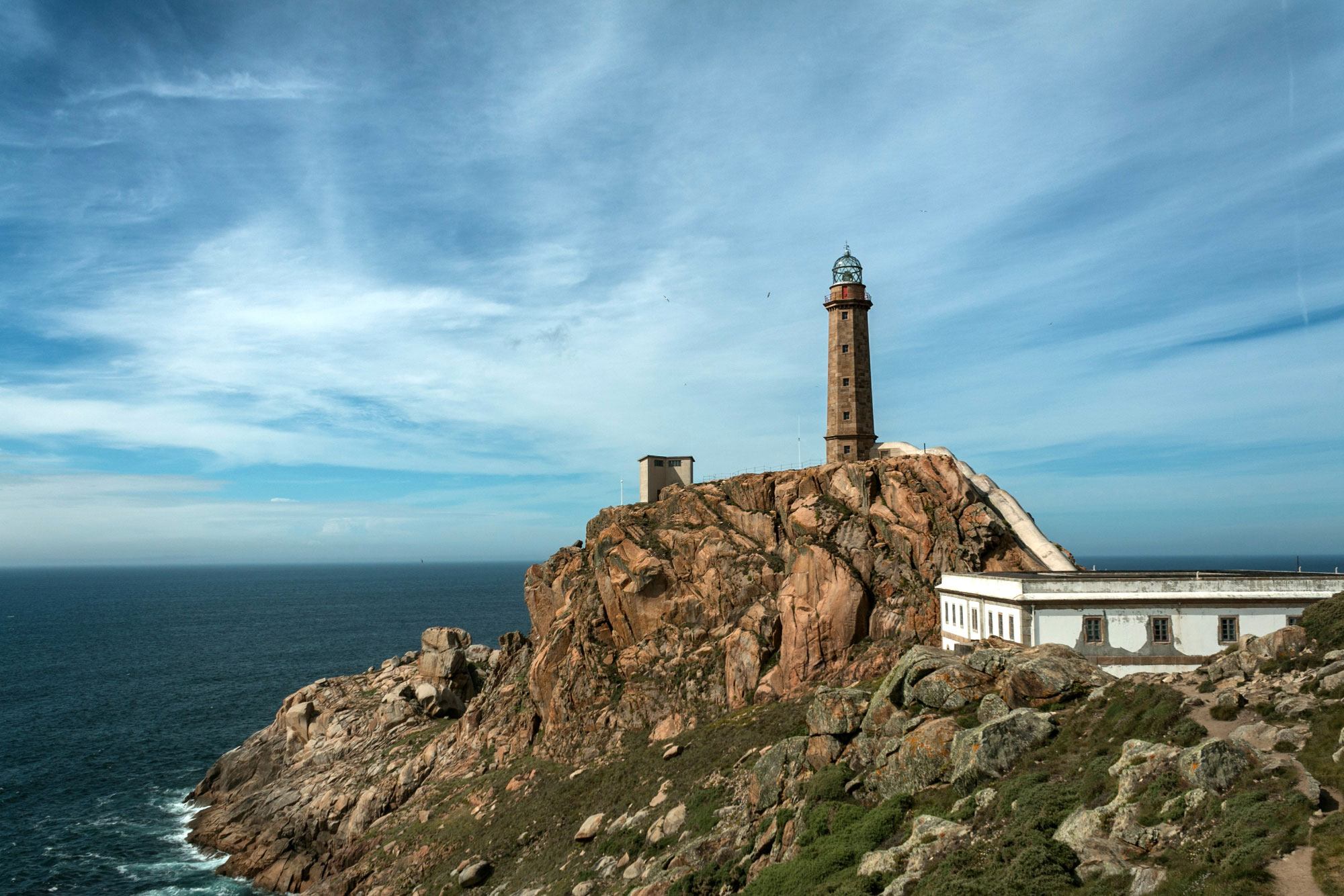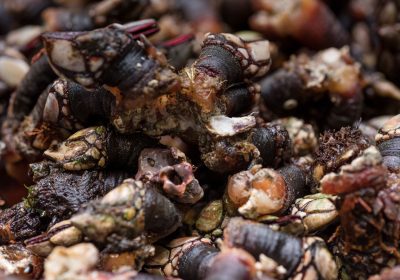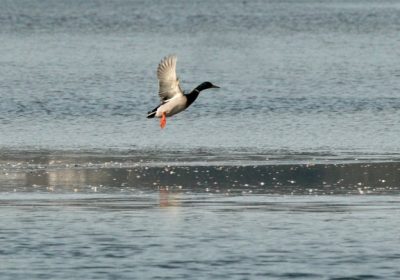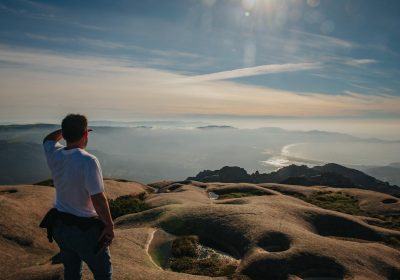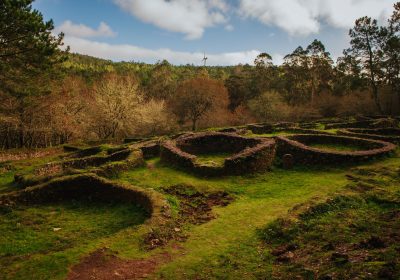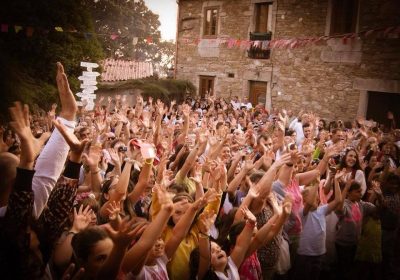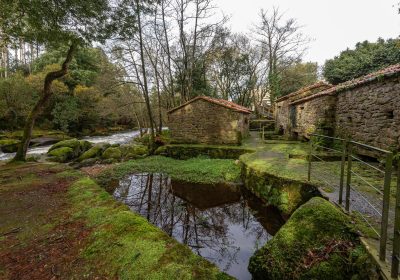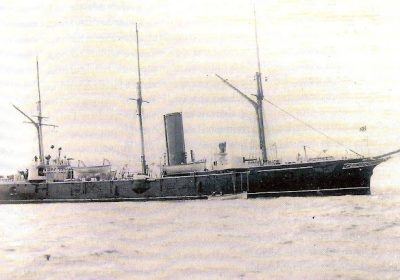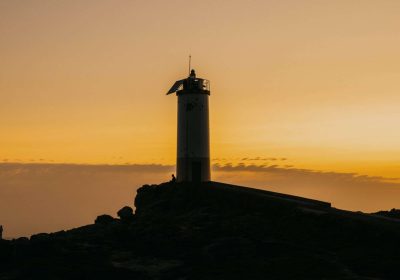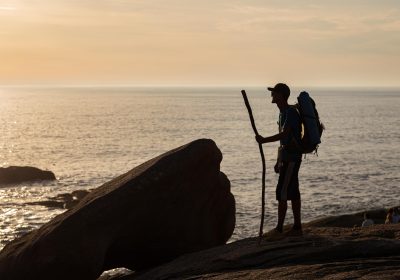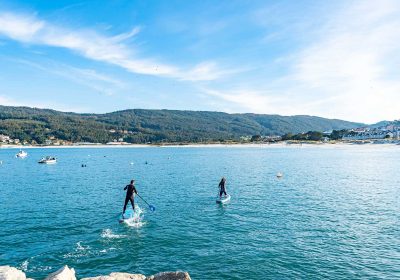Do you want to know which are the most emblematic lighthouses of Costa da Morte? Well, let’s be honest from the beginning of the article: they all are.
So, let’s take a tour of all the lighthouses in this territory, highlighting them for different reasons, although all with a crucial importance.
We will visit all the lighthouses of the Costa da Morte coastline from north to south. Almost all of these lighthouses are connected by the Camiño dos Faros, except for the ones on the islands and two located further south.
We are going to discover these lifesavers of light one by one, which prevent so many tragedies in the ocean and inspire those of us who have the privilege of seeing them from land.
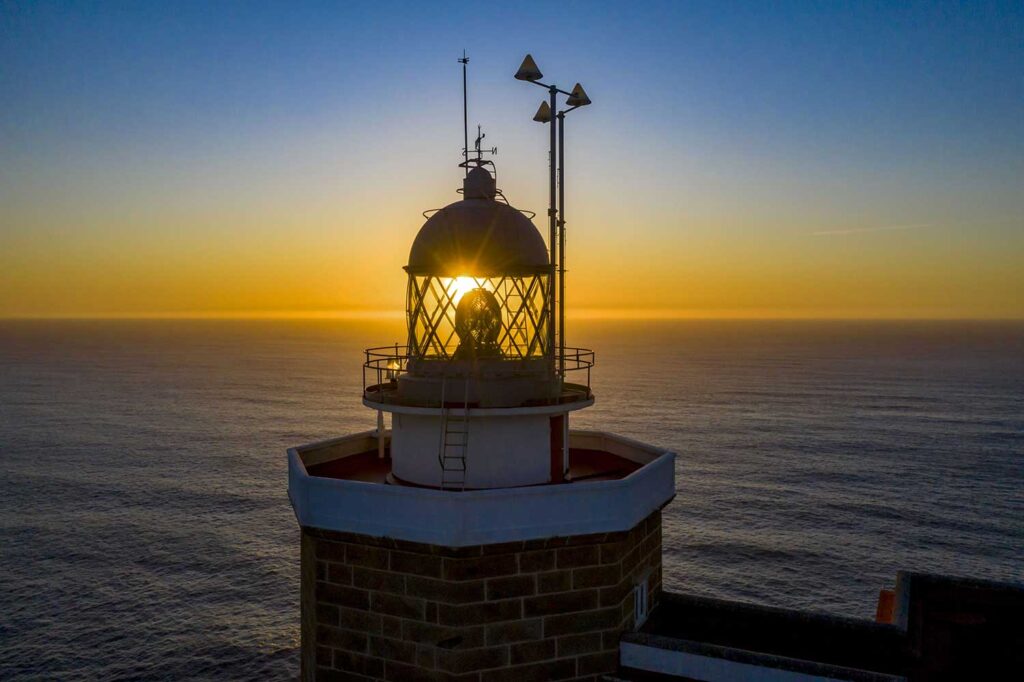
How many lighthouses are there and what are they for
There are eleven lighthouses that guard Costa da Morte. Eleven lights that illuminate the key points every night to prevent tragedies at sea and that also bring a little more magic to the land.
Each of the lighthouses emits a unique light signal. None is the same along the same stretch of coastline. Why? Because this allows sailors to know exactly where they are. Thanks to technological advances, lighthouses are much less important than they used to be. However, they remain indispensable when technology fails.
Lighthouses of Costa da Morte
As mentioned in the previous section, there are eleven lighthouses that safeguard Costa da Morte. Two of them are on islands, including the northernmost one.
Faro das Illas Sisargas
It is one of the least visited for obvious reasons: it is on an island. However, it can be visited if we take a boat from Malpica, the municipality to which the Illas Sisargas belong.
Faro de Punta Nariga
It is also located in the municipality of Malpica de Bergantiños. It is one of the most modern lighthouses in Galicia, built in 1995. It stands 50 metres tall and its construction resembles that of a ship. The setting of Punta Nariga is idyllic.

Faro do Roncudo
Two kilometres from the village of Corme, in the municipality of Ponteceso, we will find the next lighthouse: Faro do Roncudo. It gets its name from the hoarse roar of the sea. The area is spectacular, with a beautiful sunset and special fame for its percebes (gooseneck barnacles). In Corme, they celebrate their gastronomic festival once a year, which we discuss in another article.
The lighthouse, which has been operating since 1920, is small and has a twin on the other side of the estuary.
Faro de Laxe
Just on the other side of the estuary, we can see the Faro de Laxe, its twin. It is also located in a privileged natural space, like all the lighthouses in this list.
In this area, there is also a picnic area and a sculpture: A Espera. This artwork represents a woman with a small child in her arms, looking out at the horizon, as if waiting for a ship that is never going to return. “A Espera” tells the story of many women in the area and is a tribute to all those who have died at sea.
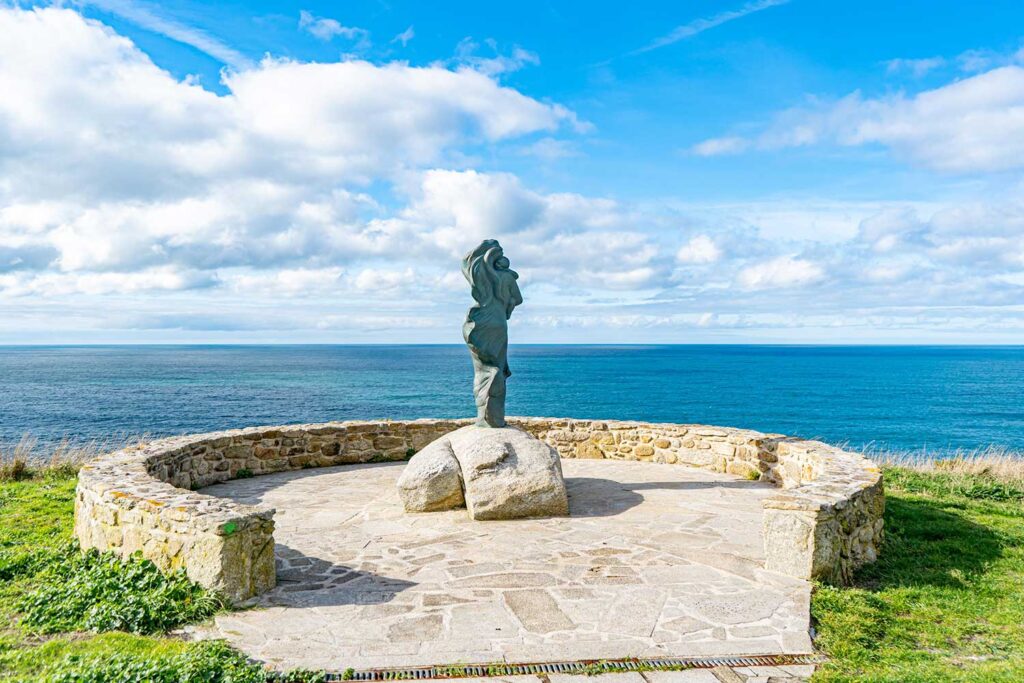
Faro Vilán
In the municipality of Camariñas, you will find the Faro Vilán, one of the most iconic of Costa da Morte. It is one of the most dangerous areas of Costa da Morte, where some of the worst shipwrecks took place. This is the oldest electric lighthouse in Spain.
It is currently possible to visit its museum. In it, you can learn about the history of shipwrecks and the lighthouses of Costa da Morte. There is also a room dedicated to temporary exhibitions. Entry is free.
Faro da Praia do Lago
This is a small lighthouse (of lower order for maritime traffic) located within the estuary of Camariñas and Muxía, right at the mouth of the River Grande. It is situated on a very beautiful beach with views of the two aforementioned villages. It is worth a visit.
Faro de Muxía
The Faro de Muxía does not stand out for its objective beauty, but rather for its surroundings. Both the naturally wild Punta da Barca and the nearby Santuario da Virxe da Barca make a visit to the lighthouse very worthwhile. Not to mention the views. They are impressive, at every step.
Faro de Cabo Touriñán
We continue in the municipality of Muxía with its third lighthouse: Faro de Cabo Touriñán. This is the westernmost point of Spain. Twice a year, you can witness the last sunset of mainland Europe here. Magic in every sunset in Costa da Morte.
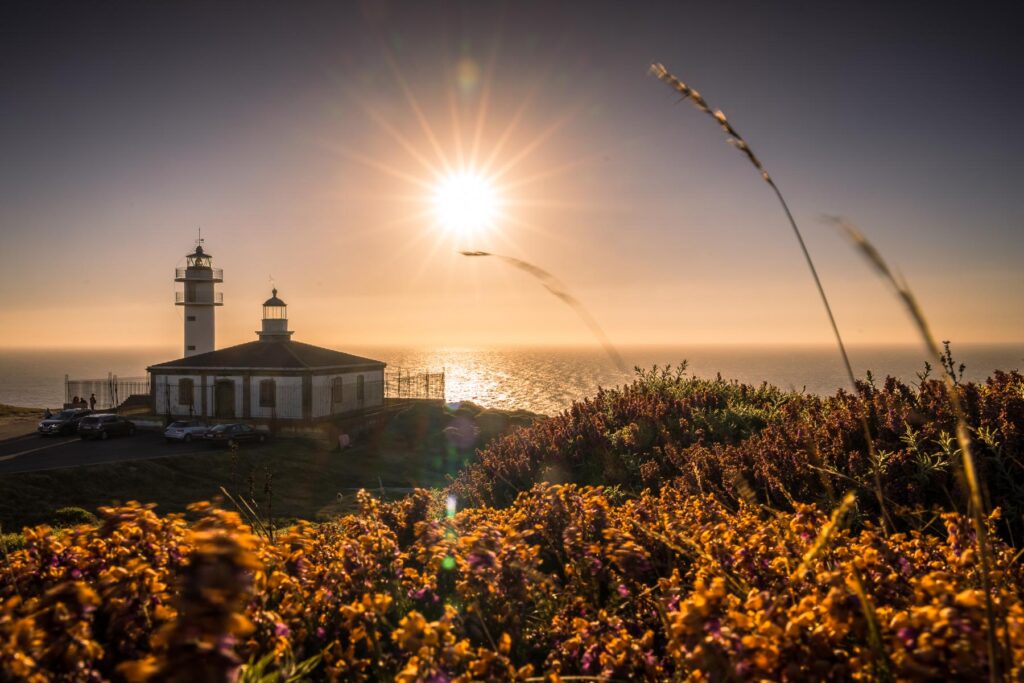
Faro de Fisterra
The end of the world. Probably one of the most iconic and most visited lighthouses, not just in Costa da Morte. This is the end of the Camino de Santiago. The end of the world. The end of everything. Many legends have preceded this place, and it is true that when you visit it, it does not leave you indifferent.
A siren and another building for emitting signals for the navy completed the architectural ensemble. Currently, this last building is the Semáforo, for rural tourism. Yes, you can sleep in this very special lighthouse. And it’s not the only one!
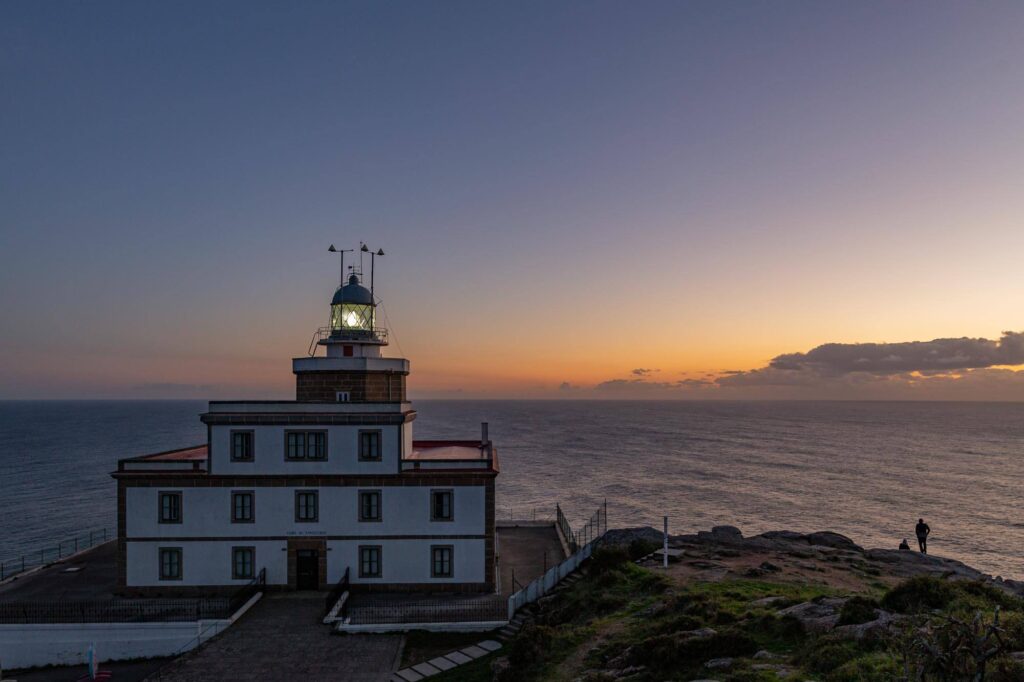
Faro Cee
Entering the estuary, in the municipality of Corcubión, you will find the Faro Cee, dating from 1860. It is a small house with a four-sided roof. Its light not only indicates the dangers of the land but also those in the middle of the estuary, which now have their own lights.
Faro das Illas Lobeiras e Carrumeiro
Other less visited lighthouses are those of the Illas Lobeiras and Carrumeiro, which require a boat to be seen up close.
They are very necessary lights, as many lighthouses have historically entered the estuary of Corcubión, feeling that the danger remained out at sea. But nothing could be further from the truth, as the estuary hides secret dangers in the form of rocks.
On Illa da Lobeira Grande, a building with a lighthouse was constructed, which depends on that of Fisterra.
And on a rock not far from the Illas Lobeiras, the Carrumeiro Chico was built.
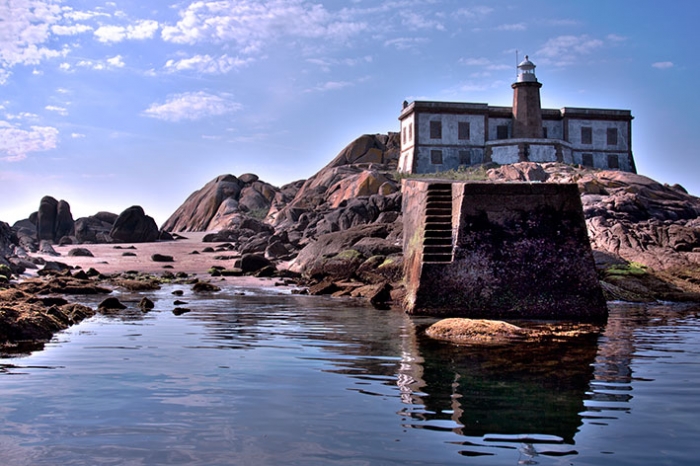
Faro de Lariño
Continuing south, we reach the last lighthouse of the territory: the Faro de Lariño. This is another lighthouse where you can stay, as it is currently a hotel.
Walking along every lighthouse
The Camiño dos Faros is a hiking route that covers 200 kilometres of coastline. Along it, you can visit many of the lighthouses mentioned in this article over several stages.
Have you already been to any of these lighthouses? Do you plan to discover them on your next visit to Costa da Morte? If you do, tag us in your Instagram photos at @visitacostadamorte! We’ll be waiting for you!

